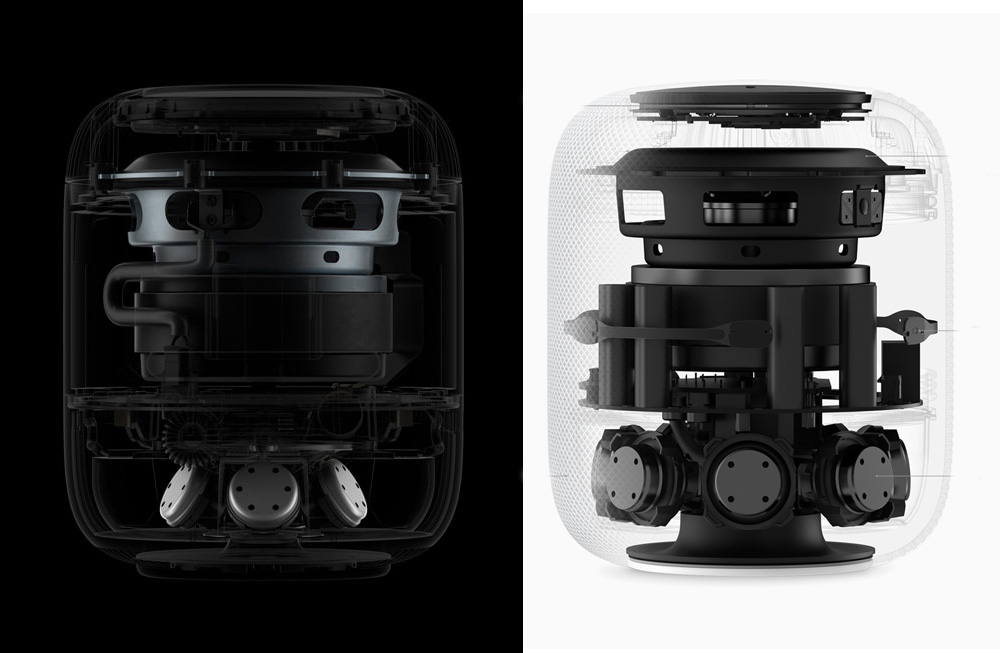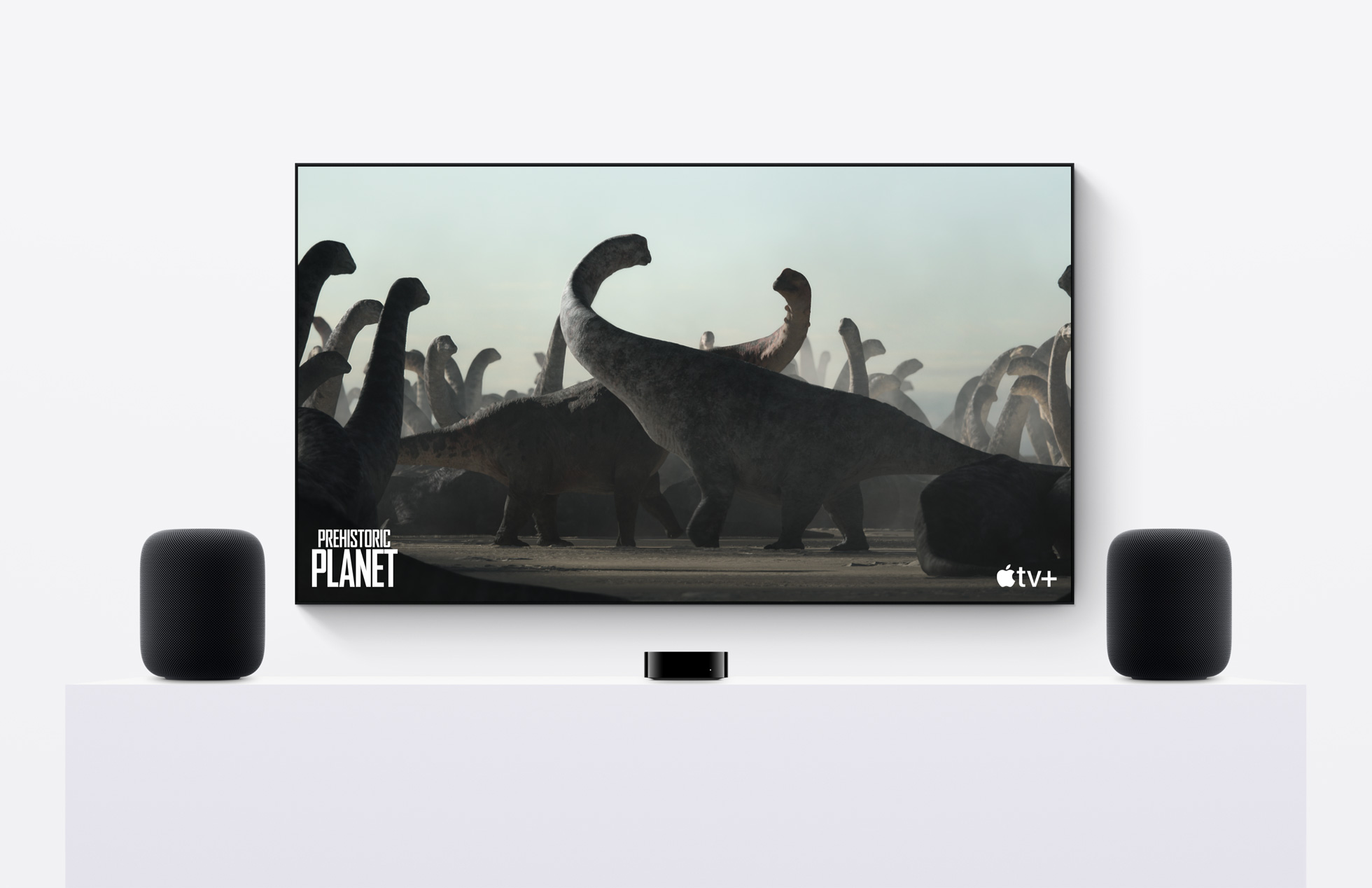Apple HomePod vs. HomePod 2: What's different?

Apple recently announced the HomePod (2nd generation), its second attempt at a full-featured, full-bodied smart speaker. But, the original HomePod received mixed reviews, and was discontinued by Apple in 2021 (in the interim, it did launch the HomePod mini).
So why is Apple relaunching the full-sized HomePod two years later, and what will the new HomePod have that's different than the original? In this matchup between the HomePod vs. the HomePod (2nd generation), we're going to take a look what's new, and see how the second-gen model will compete with some of the best smart speakers.
Update: Our Apple HomePod (2nd gen) review is now live, so check it out to see if it's the smart speaker for you.
Apple HomePod vs. HomePod 2: Price
When the first HomePod was released in February 2018, it was priced at a very high $349, which was much more than most other smart speakers at the time. A year later, Apple reduced its price to $299; still expensive, but a little less so.
The HomePod (2nd generation) will cost $299 at launch on Feb. 3. By comparison, the Amazon Echo Studio is $199, while the Sonos One is $219; the latter's price has actually increased by $20 from when it first launched.
Apple HomePod vs. HomePod 2: Design
Outwardly, there appears to be very little between the original and the second-gen HomePod. Both have a cylinder-like shape that's rounded at the top and bottom, with a circular touchscreen on the top. Both speakers are wrapped in an acoustically transparent fabric that has a diamond pattern.
The biggest difference is that the circular touchscreen on the top of the HomePod (2nd gen) appears to be slightly recessed, whereas it was flush with the top of the original speaker.
Get instant access to breaking news, the hottest reviews, great deals and helpful tips.
The HomePod (2nd gen) is 6.6 inches tall, 5.6 inches wide, and weighs 5.2 pounds. That makes it slightly shorter than the original, which was 6.8 inches high, but the two are the same diameter.
In the specs for the HomePod 2, Apple lists the speaker separately from the power cord. If the power cord is detachable, it would fix one of the biggest issues we had with the original HomePod and the HomePod mini. On those models, the cords are hardwired into the speaker itself, so if the cord breaks, you're looking at a very costly repair. If, however, it's detachable, it's a far easier (and cheaper) fix.

Inside, things look a little different. While both have a single, large speaker facing upward, the original HomePod has seven smaller tweeters arrayed along the bottom. The second-gen HomePod only has five of these, and they appear to be angled upwards to a greater degree.
In addition, the original HomePod had six microphones to pick up your voice, whereas the new model has just four.
While we have yet to listen to the two speakers side by side, it's highly doubtful that the newer model will not perform as well, either playing music or listening to commands, as a result of having fewer speakers and microphones.
The HomePod 2 is powered by Apple's S7 chip, a 64-bit dual-core processor that's also used in the Apple Watch Series 7. The original HomePod used Apple's A8 chip, which made its first appearance in the iPhone 6 and 6 Plus. So, we're talking a much more modern system.
Both the original and the second-gen HomePods were/are available in black or white. Hopefully, Apple will offer them in more colors, like the HomePod mini.
Apple HomePod vs. HomePod 2: Audio

In our original Apple HomePod review, we praised its audio quality — it was one of the best sounding smart speakers around. When I first listened to the Apple HomePod 2, it too was impressive, delivering clear bass, crisp trebles, and well-defined vocals.
Part of the secret sauce to both speakers is that they have adaptive audio; that is, they use their microphones to listen for echoes, so that they can sonically "map" the room they're in. The HomePod then uses that information to tailor the output from the speakers, optimizing it for that space. It's a similar system to that used in other premium smart speakers, though in the case of the Sonos One, you have to manually configure things.
If you have an Apple TV 4K, you can also pair your HomePod (1st or 2nd gen) or HomePod mini with the device, and use it as the audio output for whatever you're watching.
You can also pair two HomePods together to create a stereo pair. However, if you have an original HomePod lying around, and think that all you need to do is buy a new second-gen model, you're out of luck. You can only create a stereo pair with two first-gen HomePods or two second-gen HomePods: no mixing and matching.
Apple HomePod vs. HomePod 2: Smart home features
The one area where the HomePod (2nd gen) really differs from the original is with its smart home features. And, because of the strides that HomeKit has made in the past several years, you can do a lot more with them, too.
The HomePod (2nd generation) has a temperature and a humidity sensor built in (these sensors are also present in the HomePod mini, but were only recently activated). Now, you can not only ask Siri the temperature and humidity of the room you're in, but also create HomeKit routines around them. For example, if the temperature gets too high, you can create a routine to turn on a smart air conditioner or an attic fan.
Another trick the HomePod 2 has is sound recognition. It can listen for the sound of a smoke or carbon monoxide detector, and then alert you if it hears anything. It's one of the features we're most excited for with the HomePod 2. While it's something already found in Amazon's Echo smart speakers (which can also listen for breaking glass), it's good that Apple is adding it, too. At the very least, it'll save you from having to replace all your smoke detectors with smart smoke detectors. This feature won't be available at launch, though — it will arrive via a software update this spring.
Also built into the HomePod 2 is support for Matter, a new smart home standard that will in theory make it easier to connect smart home devices to whatever system you like. This could be a boon for HomeKit users, as up until now, there have been comparatively fewer smart home devices that work with Apple's platform than those that do with Alexa and Google Home.
Apple HomePod vs. HomePod 2: Outlook
Obviously, we'll have to hear the HomePod and the HomePod (2nd gen) side by side before we can truly determine which is the better speaker, audio-wise. However, the HomePod 2 does have a lot of improvements when it comes to smart home features, which could make it more appealing to audiophiles who want to build a smart home around Apple's ecosystem.
While the HomePod (2nd generation) is still much more expensive than other smart speakers, it's this opening up of HomeKit that could finally persuade more to pick up Apple's device.

Michael A. Prospero is the U.S. Editor-in-Chief for Tom’s Guide. He oversees all evergreen content and oversees the Homes, Smart Home, and Fitness/Wearables categories for the site. In his spare time, he also tests out the latest drones, electric scooters, and smart home gadgets, such as video doorbells. Before his tenure at Tom's Guide, he was the Reviews Editor for Laptop Magazine, a reporter at Fast Company, the Times of Trenton, and, many eons back, an intern at George magazine. He received his undergraduate degree from Boston College, where he worked on the campus newspaper The Heights, and then attended the Columbia University school of Journalism. When he’s not testing out the latest running watch, electric scooter, or skiing or training for a marathon, he’s probably using the latest sous vide machine, smoker, or pizza oven, to the delight — or chagrin — of his family.
